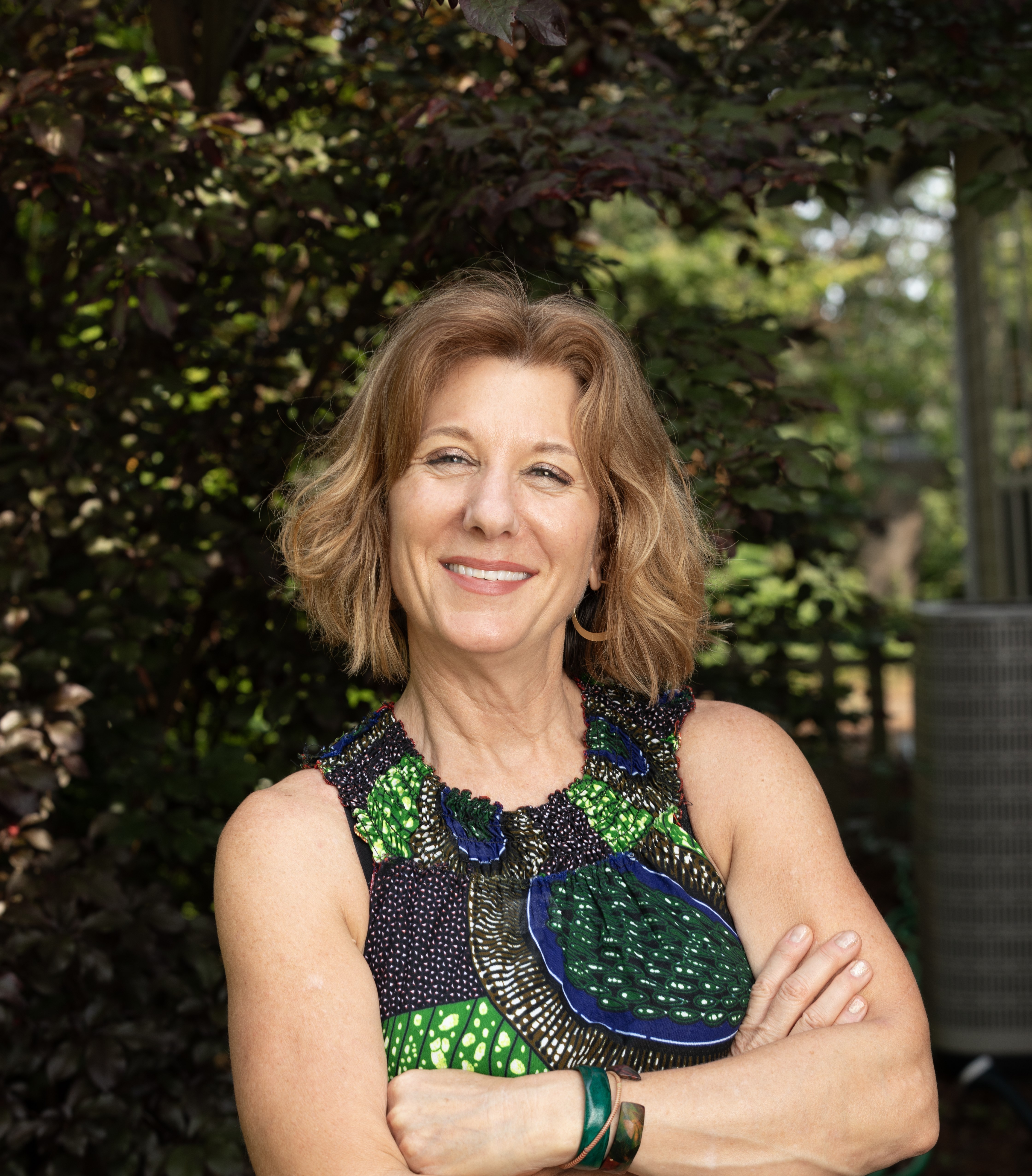
Where People, Process & Proficiency Meet
People
Know how you think. Know how your team thinks.
Every person brings thier preferance for problem solving to solving problems. Some ask questions, others prefer to take action immediately. Understanding these differences is key to improving team performance, speeding decision-making, and driving business results. As a FourSight facilitator, I help teams leverage this research-based cognitive assessment to identify each member’s preferred thinking style. When teams understand how individuals approach challenges, they communicate more effectively, reduce unnecessary conflict, and make faster progress. Teams become more efficient, focusing on solving the real problem rather than getting stuck in process or disagreement. Diverse thinking styles aren’t a challenge—they’re a competitive advantage. By recognizing and leveraging different approaches to problem solving and decision-making, organizations create environments where every voice contributes to better outcomes and measurable results.
Process
imagination for innovation
As a CPS facilitator, I help leaders and teams tackle complex business challenges using Creative Problem Solving (CPS), a practical, research-based framework for generating and implementing effective solutions. CPS equips organizations to ask better questions, make faster decisions, and execute with clarity and purpose. Designed for real-world application, it works in any industry—through workshops, team sessions, or executive coaching. The focus isn’t just on thinking differently—it’s on unlocking human potential to improve team performance, increase efficiency, and deliver measurable business results. With CPS, organizations turn challenges into opportunities for tangible impact.
Proficiency
unlock innovation through creativity
When people and processes work in alignment, organizations are better equipped to solve complex challenges and achieve strategic outcomes. Strong performance comes from connecting individual problem-solving preferences with deliberate, structured methods. This allows teams to move effectively between understanding how people approach problems and applying disciplined thinking to real-world business needs. This is where training, workshops, and leadership development play a critical role. Preparing teams to navigate uncertainty is a capability that must be built. Whether through a single session or a comprehensive problem-solving program, leaders strengthen their decision-making, broaden their perspective, and elevate their impact. As leadership shifts, team performance follows. Imagine an organization where people perform at their highest level, feel connected to the work, and contribute meaningfully to shared objectives. A strong problem-solving culture makes this possible. Building proficiency in problem solving means creating an environment where individual approaches align with collaborative processes—ultimately transforming how people think, work, and lead.
Putting Creativity at the Center of Complex Problem Solving
Creativity isn’t just about ideas — it’s a mindset, a method, and a skillset
In today’s fast-changing world, problem-solving requires more than technical expertise — it demands adaptability, originality, and purpose. Creativity isn’t just a skill for artists or innovators. It’s a mindset and process that helps people see challenges from new angles, generate fresh ideas, and develop solutions that are meaningful and sustainable. When creativity is placed at the heart of how we lead, teach, and collaborate, complex challenges become opportunities for real transformation. Through my work, I guide individuals, teams, and organizations to use structured creativity to navigate uncertainty. I use evidence-based methods like the Creative Problem Solving (CPS) process, which provides a clear framework — Clarify, Ideate, Develop, and Implement — to move from confusion to clarity, and from intention to impact. Paired with tools like FourSight, which reveals how people naturally approach problems, we’re able to build teams that work better together, tapping into cognitive diversity instead of struggling against it.